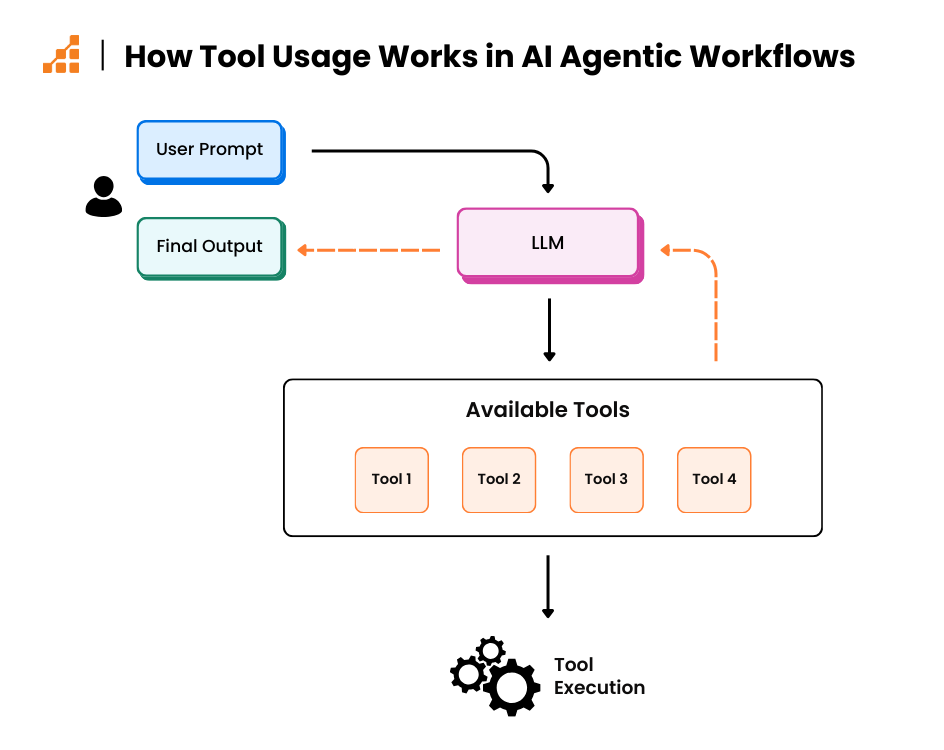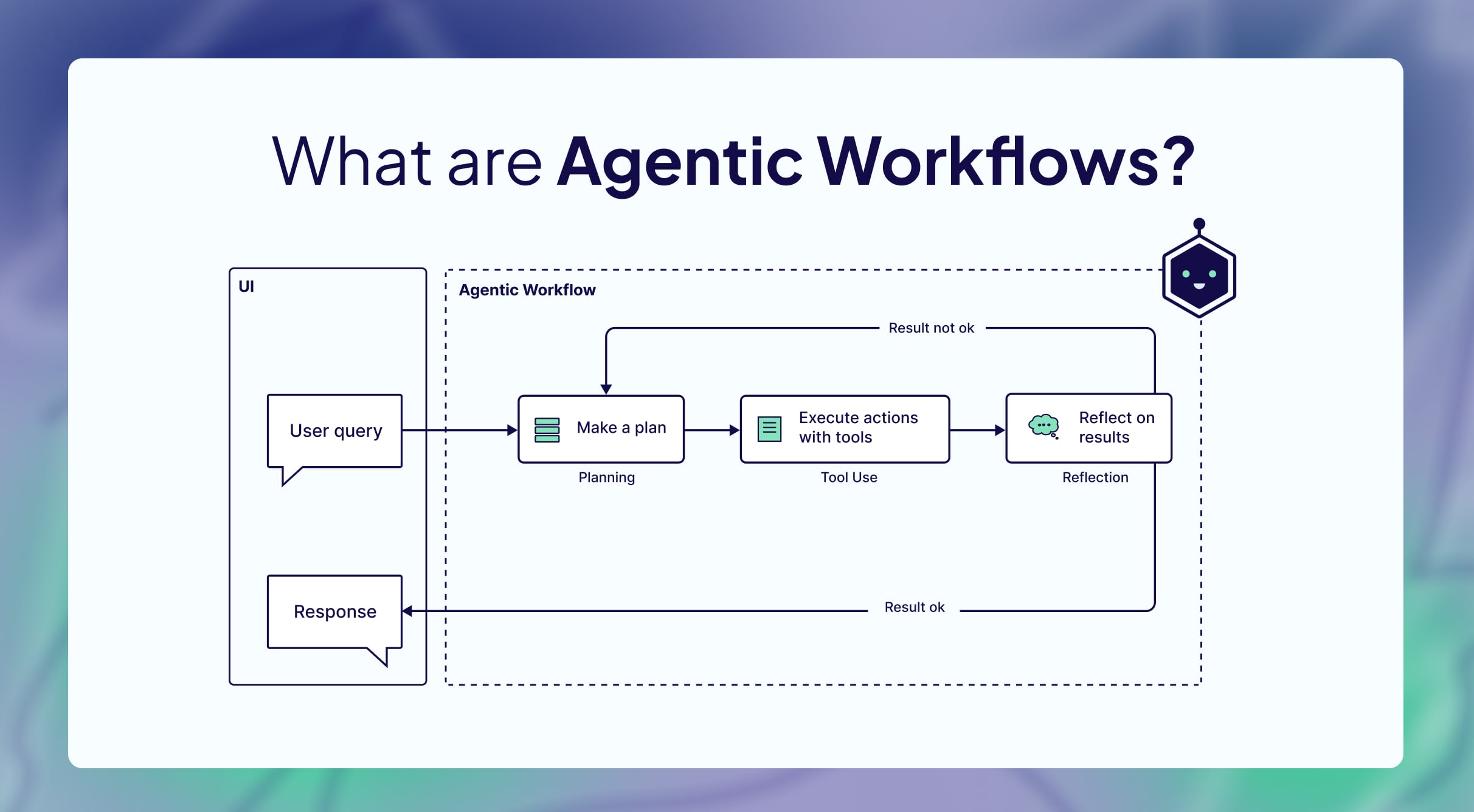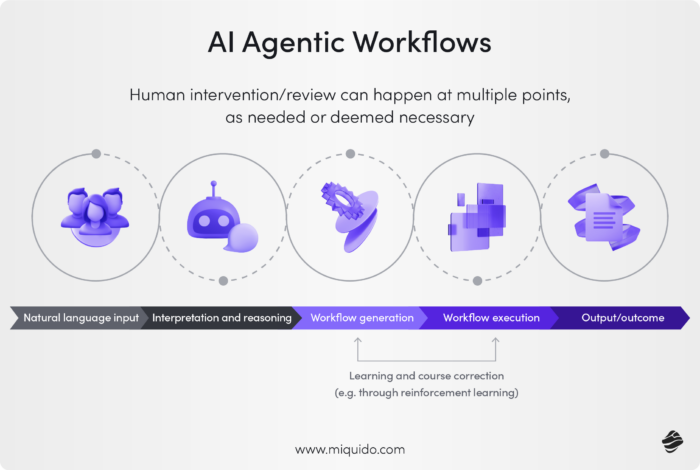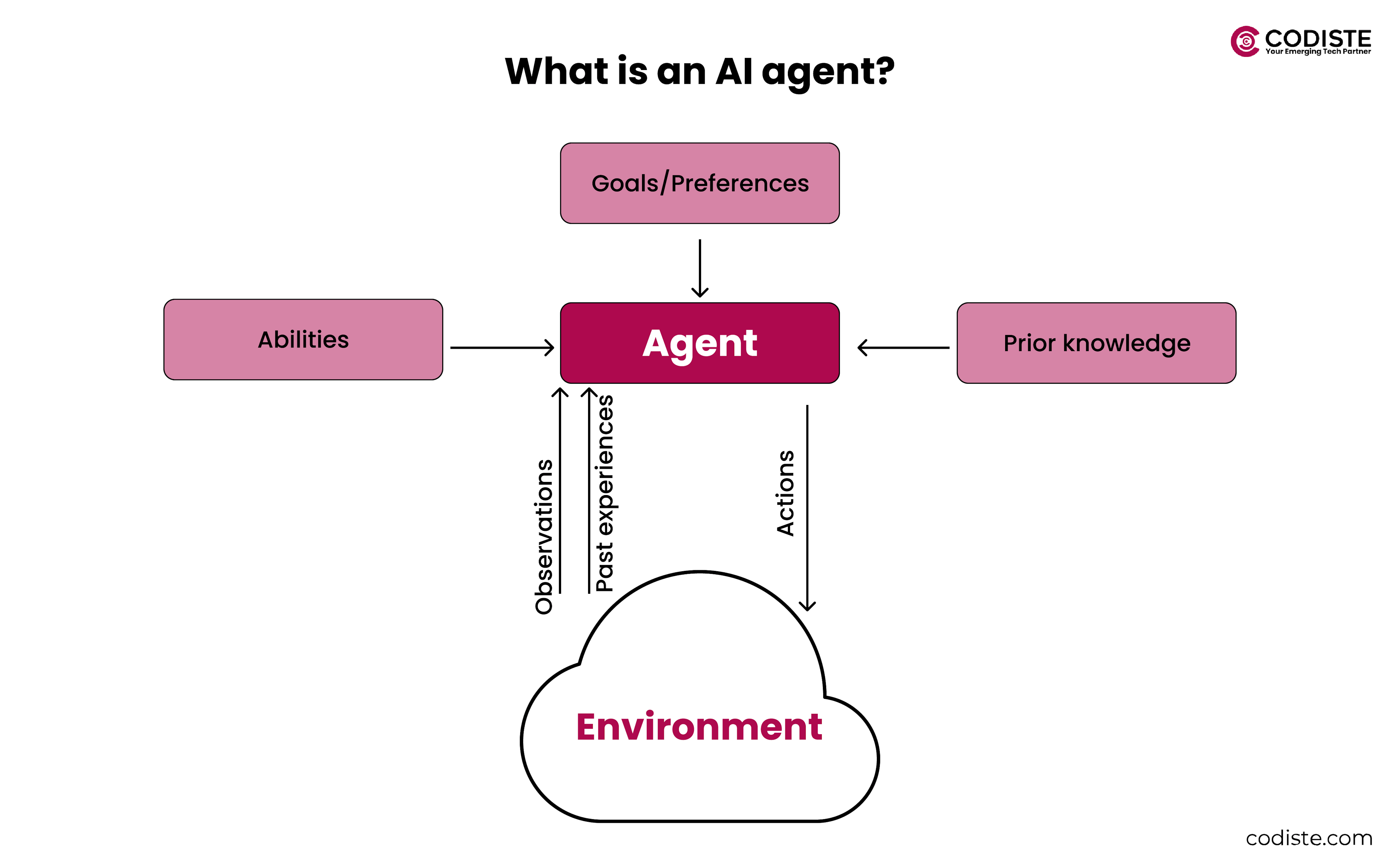Data Augmentation Workflow
Deprecation Warning
The ```yaml toolingGallery syntax is deprecated. Please use :::tooling-gallery directive syntax instead.
⚠️ Tool(s) not found:
tags:Data Augmenters
(2025-07-28T16:46.467Z)
Perplexity Query
(2025-07-28T16:46
.467Z)
Question:
Write a comprehensive one-page article about "Data Augmentation Workflows with Agentic AI".
after the main content section.
Include
before the conclusion.
Replace "Data Augmentation Workflows with Agentic AI" with the actual vocabulary term in the prompt.
Model: sonar-pro
Response from sonar-pro:
Data Augmentation Workflows with Agentic AI
Data Augmentation Workflows with Agentic AI represent the integration of autonomous, intelligent agents into the process of expanding and diversifying datasets for AI model training. This approach is significant because it brings unprecedented adaptability, scale, and precision to data preparation, a foundational step for effective machine learning and AI deployment. As demand for robust AI models grows, leveraging agentic AI to automate and optimize data augmentation processes is rapidly becoming a competitive differentiator.
Understanding Data Augmentation Workflows with Agentic AI
Traditional data augmentation involves programmatically generating new training samples from existing data—such as flipping or rotating images, or paraphrasing text—to improve model generalization. By introducing agentic AI into these workflows, the process becomes more dynamic and adaptive. Instead of following rigid scripts, agentic AI agents autonomously plan, execute, and refine augmentation tasks in response to evolving data qualities and objectives. [^deb762] [^ct8khq]
For example, an Agentic AI workflow in image classification might analyze model performance in real time and selectively apply augmentation (rotation, cropping, color shifts) to underrepresented or challenging samples. In Natural Language Processing (NLP), agentic AI agents can autonomously generate paraphrases tailored to fill detected gaps in training data—adjusting style, tone, or complexity based on model feedback or evaluation metrics. [^aa5q4r]
A key feature is iterative improvement: AI agents break down tasks, use context-aware tools, and adapt their strategies continuously based on feedback, ensuring that data augmentation is not only automated but also optimized for the downstream task. [^deb762] [^ct8khq] This self-reflective loop allows agentic systems to respond to emerging patterns of model error, data drift, or new business requirements with minimal human intervention.
Practical Examples and Use Cases
- Healthcare: Agentic AI agents generate synthetic medical records, imaging data, and sensor readings to train diagnostic models while preserving patient privacy and covering a broader spectrum of clinical scenarios.
- Finance: AI agents synthesize rare or edge-case transaction patterns to improve fraud detection accuracy in dynamic financial systems.
- Conversational AI: Agentic workflows produce varied user query formats, accents, and intent expressions, increasing chatbot resilience to linguistic diversity.
- Robotics: In simulated environments, agents autonomously create diverse sensory inputs and control scenarios, accelerating policy learning and adaptation in real-world robotic systems. [^5zxo2z] [^ct8khq]
Benefits and Applications
The primary benefits of this approach include:
- Enhanced Data Diversity: Agentic agents identify data gaps and systematically generate meaningful new samples.
- Efficiency and Scalability: Workflows that required significant manual oversight can now operate at scale with minimal intervention. [^deb762] [^aa5q4r]
- Continuous Adaptation: Agents respond to feedback, enabling ongoing optimization as models and datasets evolve.
- Reduced Human Bias: Automated agents may introduce more diverse augmentations than human designers, lowering the risk of narrow or biased datasets.
Challenges and Considerations
Despite clear advantages, there are challenges and risks:
- Quality Assurance: Automatically generated data must be closely monitored to avoid introducing noise or unrealistic artifacts.
- Governance and Oversight: Human in the Loop mechanisms are essential for maintaining control, transparency, and compliance, especially in sensitive domains like healthcare and finance. [^5zxo2z]
- Resource Requirements: Developing, testing, and orchestrating agentic AI workflows can require significant technical expertise and computational resources.
- Security and Privacy: Synthetic data must be thoroughly checked to prevent leakage of real, sensitive information.
Current State and Trends
Adoption of agentic workflows for data augmentation is accelerating, particularly among large enterprises and AI-first organizations seeking an edge in data-driven innovation. Technology vendors including IBM, [^deb762] UiPath, [^5zxo2z] Salesforce, [^hoo4hc] and providers of LLM-driven data automation solutions are at the forefront, offering platforms that combine AI agents, orchestration engines, and human oversight capabilities.
Recent developments such as human-in-the-loop augmentation, reinforcement learning from model feedback, and integration of rich, multi-modal data sources have made these workflows more robust, interpretable, and business-ready. The rise of open-source frameworks and SaaS platforms for agentic automation is lowering the barrier to entry, enabling wider experimentation and deployment.
Startups and research groups are now experimenting with specialized agentic agents capable of domain-specific data augmentation—such as chemistry simulations, synthetic financial transactions, or targeted language paraphrasing—bringing the value of these workflows to an expanding array of verticals. [^aa5q4r] [^ct8khq]
[IMAGE 3: Data Augmentation Workflows with Agentic AI future trends or technology visualization]
Future Outlook
Looking forward, Data Augmentation Workflows with Agentic AI are poised to become more autonomous, context-aware, and deeply integrated into end-to-end AI pipelines. Advances in self-supervised learning, cross-agent collaboration, and regulatory-safe data synthesis will further expand the impact of agentic augmentation. Ultimately, these workflows may underpin a new standard of continuous improvement in AI quality, adaptability, and ethical deployment.
Conclusion
Data Augmentation Workflows with Agentic AI are transforming the way organizations prepare and leverage data for modern AI. As agentic systems evolve, expect data-centric AI to accelerate in quality, efficiency, and complexity—unlocking wider applications and smarter solutions for the future.
Sources
[s75ffv] Jul 2025. "Agentic workflows | Ibm". adapting to real-time data and unexpected conditions. AI Agentic workflows approach complex problems in a multistep. Ibm. [^aa5q4r] https://www.vonage.com/resources/articles/agentic-workflows/ [^5zxo2z] https://www.uipath.com/ai/agentic-ai [^ct8khq] https://weaviate.io/blog/what-are-agentic-workflows [^hoo4hc] https://www.salesforce.com/agentforce/what-is-agentic-ai/




